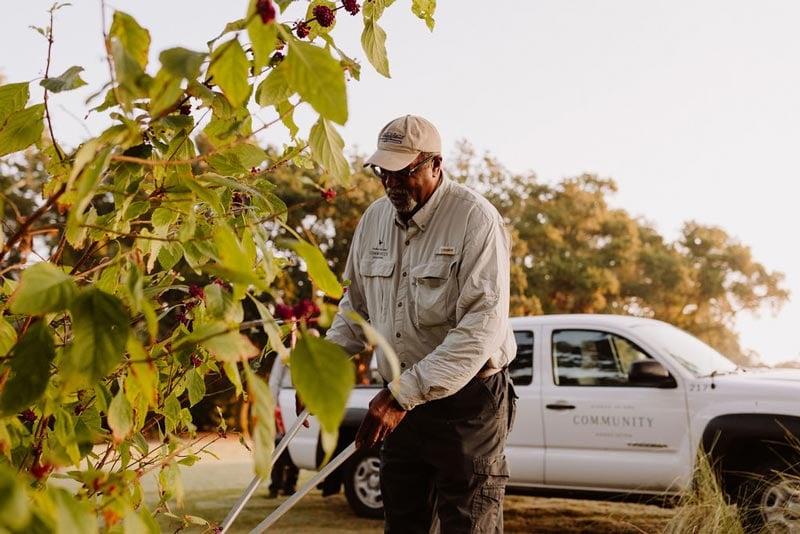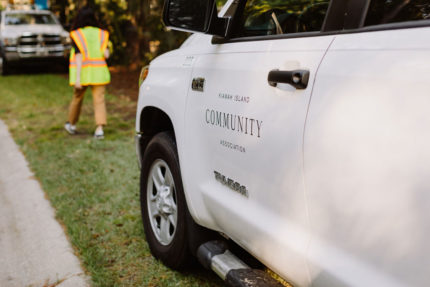May
12
2008
From The Blog
Habitat Improvement A Top Priority
The Kiawah Island Natural Habitat Conservancy is working to ensure widespread, high quality natural habitat on Kiawah Island as the island moves to build out and beyond. This objective requires the preservation of as much key habitat as possible. It also requires the best habitat management practices for developed property. The conservancy has learned from 10 years of study on the island’s bobcat population, and more recent studies of painted buntings, that both undeveloped and developed properties are widely used by these two species and many other animals which have similar habitat needs. As habitat indicator species, bobcat s and painted buntings provide very useful insight into key habitat features. This insight is needed to preserve or recreate habitats on developed property. An adequate amount of properly designed and maintained landscaping enables developed property to be a major contributor to high quality island habitats.
Members have an opportunity to significantly improve the habitat value of developed property on the island. The conservancy’s Environmental Sciences Committee, a working group with active members from the Kiawah Island Community Association, the Town of Kiawah Island, the Architectural Review Board and the Kiawah Island Resort, is putting the final touches on the Habitat
Improvement Initiative. The objective of this initiative is to significantly improve the habitat value of developed property on Kiawah for bobcats, painted buntings and many other species on the island. The initiative will also help maintain the natural beauty of Kiawah. Key elements of the initiative are: education, information and examples; assessment and improvement opportunities specifically for the member’s property; expert help; and recognition.
The key to improved and good habitat is how well, and to what extent, the structural features of the island’s scrub/shrub understory are preserved, simulated or reproduced. Native plants are excellent choices, but there are other good alternatives that do well on the island, add great habitat value and are not invasive. The Habitat Improvement Initiative will help members identify habitat improvement opportunities which are consistent with their vision for their property. They can assess their opportunities on their own with the help of an evaluation form, or get expert help. Members can see examples of high habitat value properties with different landscaping concepts and also find sources of plants that can work well for their yard. Finally, they can learn more about landscaping practices that will benefit Kiawah’s wildlife populations, be recognized for good habitat and help others with their example.
The intent of this initiative is to encourage all island entities, individual and cooperative, to preserve and install good habitat Would you like to start your day right and do something special with your time? Why not participate in one of the oldest programs in South Carolina for the protection of loggerhead sea turtles: The Kiawah Island Turtle Patrol? From May to October, teams of association members/staff (and guests, grandchildren, etc.) rise early to oversee the successful hatching of thousands of loggerhead turtle babies.
The Kiawah Island Turtle Patrol consists of two parts: the nesting patrol and the hatching patrol. Nesting patrol begins appropriately around Mother’s Day and runs until the female turtles stop laying eggs – usually in early August. The patrol goes out at first light (usually around 6 a.m.), searching the entire beach for turtle crawls – signs that the mother turtle has made her way from the water to the sand dune to lay her eggs. The patrol members then locate and mark the nests so that they can be monitored by the hatching patrol. Each nesting patrol usually consists of teams of four and runs for four consecutive days.
The beach is divided into eight zones for hatching patrol, each with its own captain and group of volunteers. Patrol members work in pairs, usually serving a week at a time. The hatching patrol starts their work around the second week in July (or 50 days after the first nest was laid) and continues until the last nest in their zone has been evaluated. Their job is to check each nest daily, early in the morning, monitoring its progress, watching for signs of predation. Three days after the first signs of hatching, the nest is unearthed for evaluation.
Often, several live babies are found at the bottom of the nest. One of the thrills of being on the hatching patrol is helping a tiny baby turtle begin its difficult journey to the water. The turtle patrol needs your help! Whether you’re here for only a week or two in the summer, or a full-time resident, join the Kiawah Island Turtle Patrol and help protect endangered loggerhead sea turtles.
Contact Sandy Williams by phone at 843-768-9321 or by e-mail at [email protected] to sign up today. The 2007 turtle patrol consisted of 145 volunteers, 53 of which were new to the patrol. They helped to successfully hatch 8,014 eggs in 88 nests.

